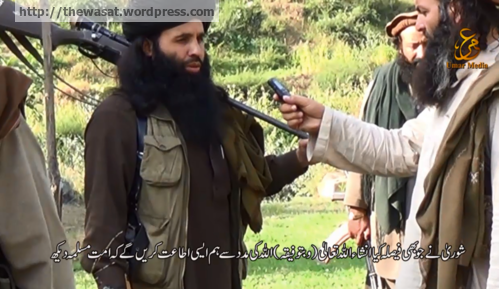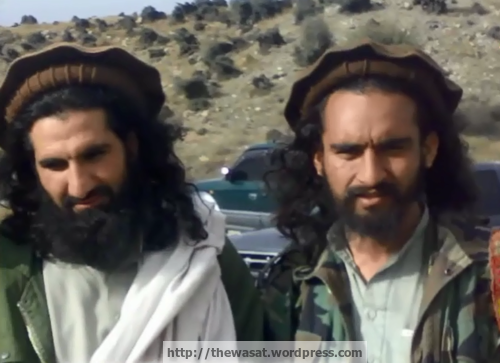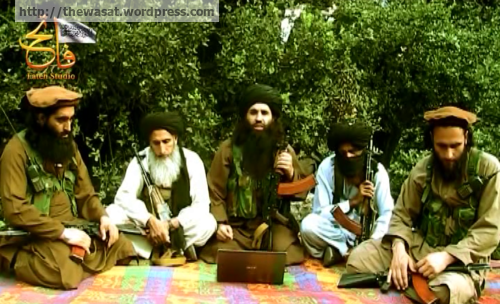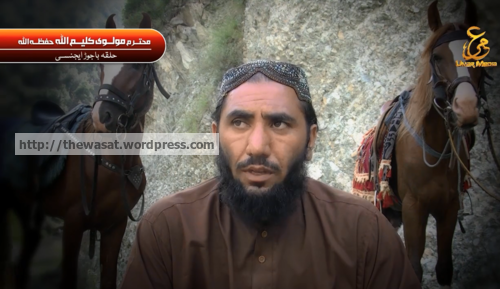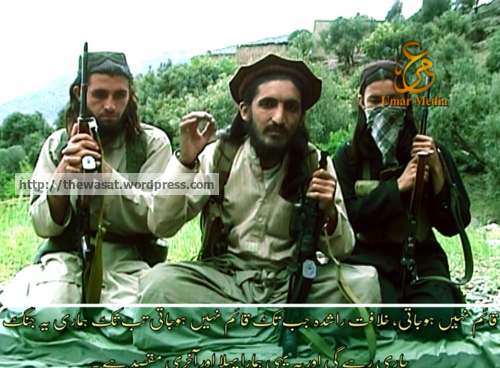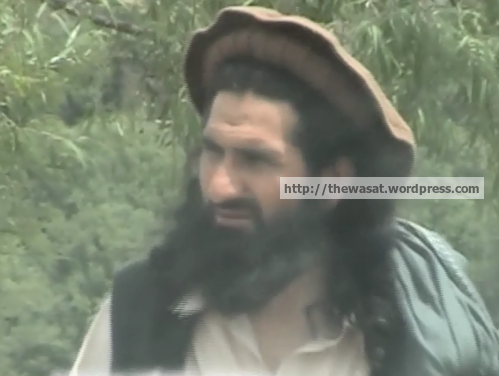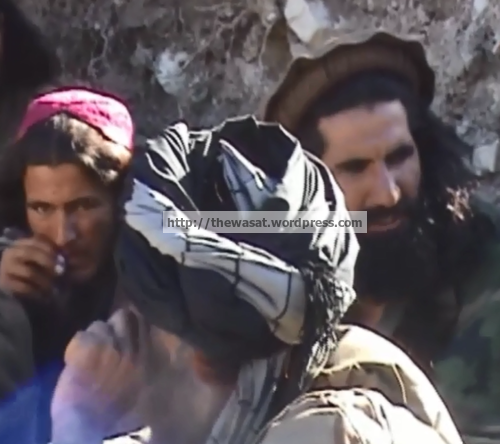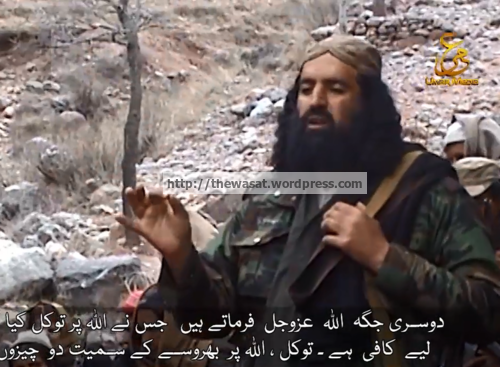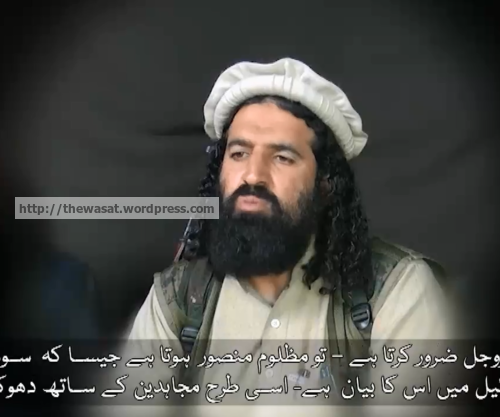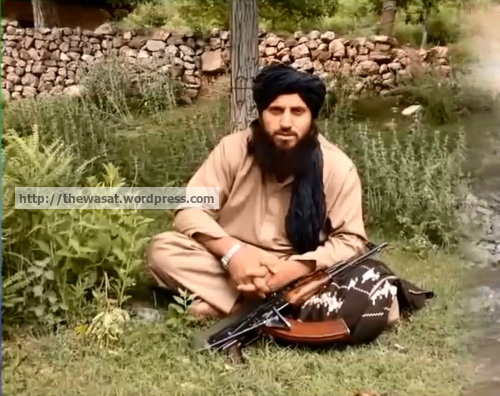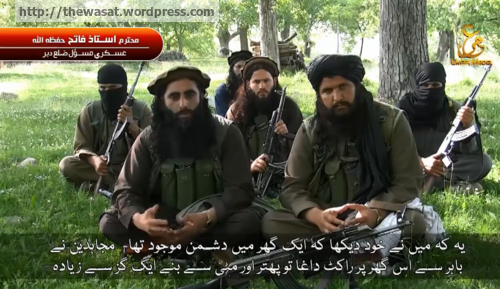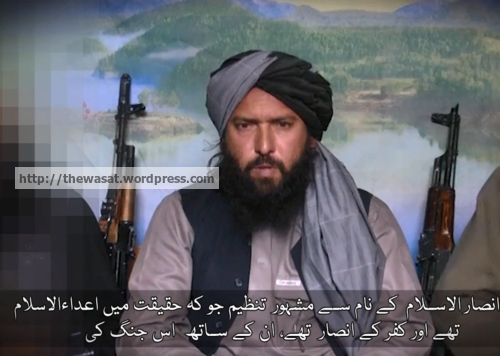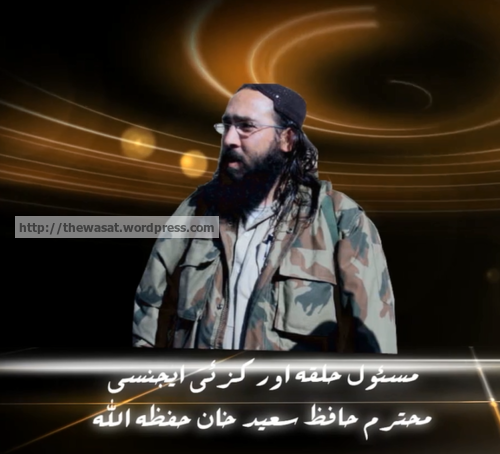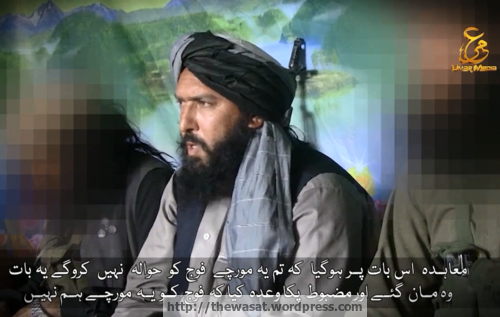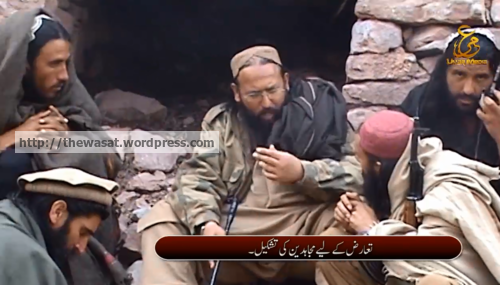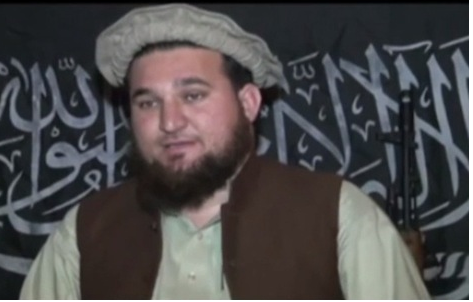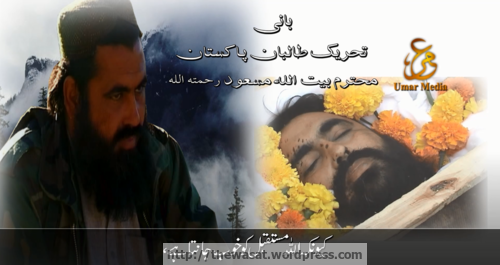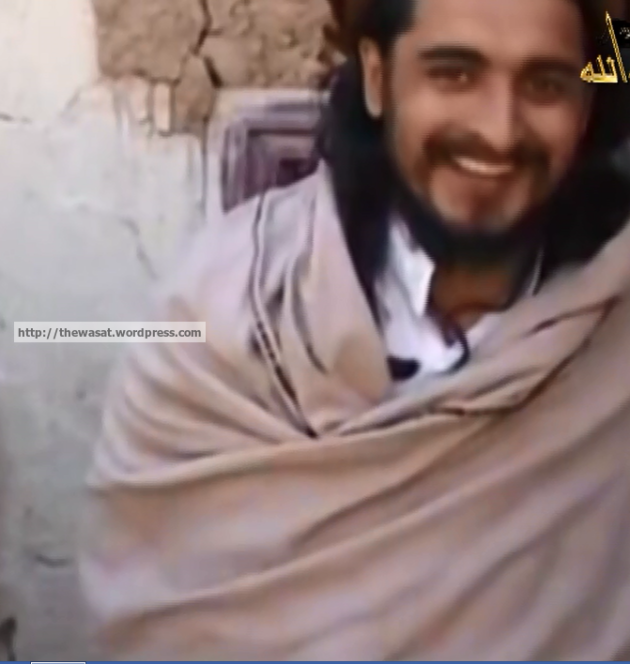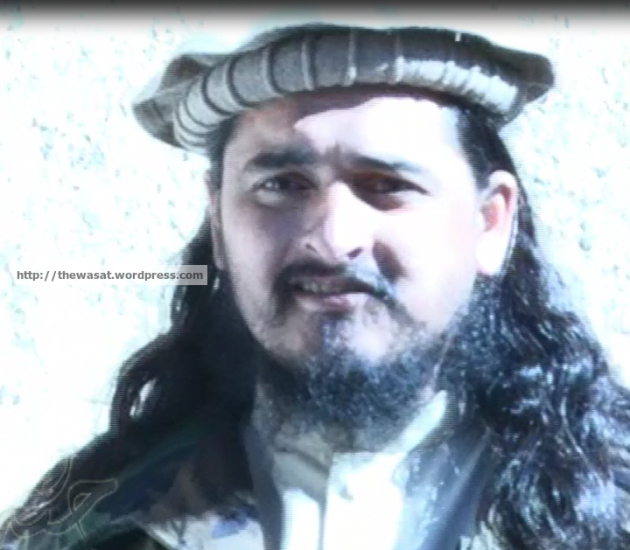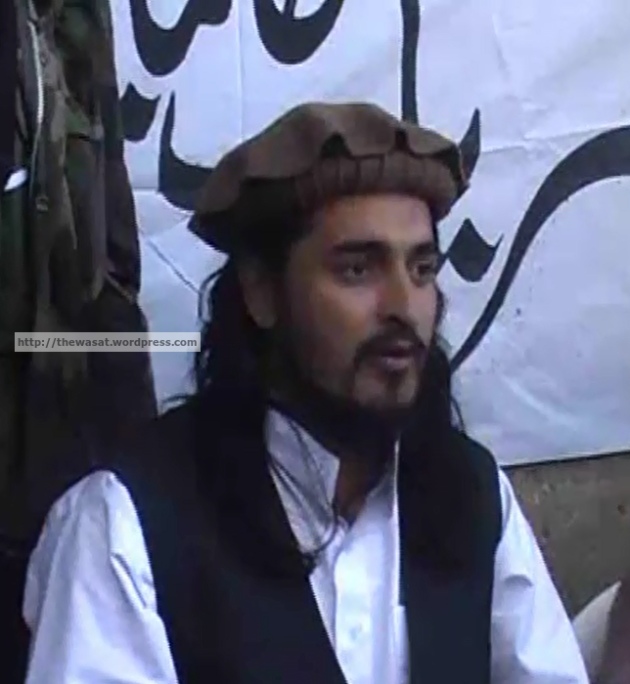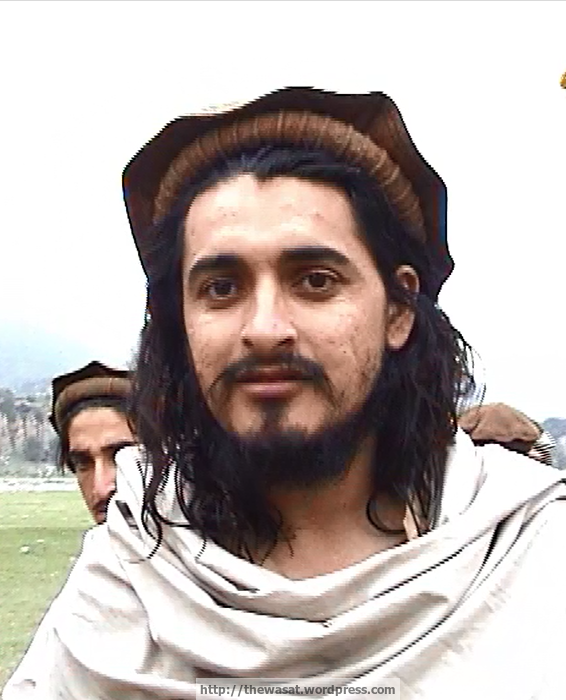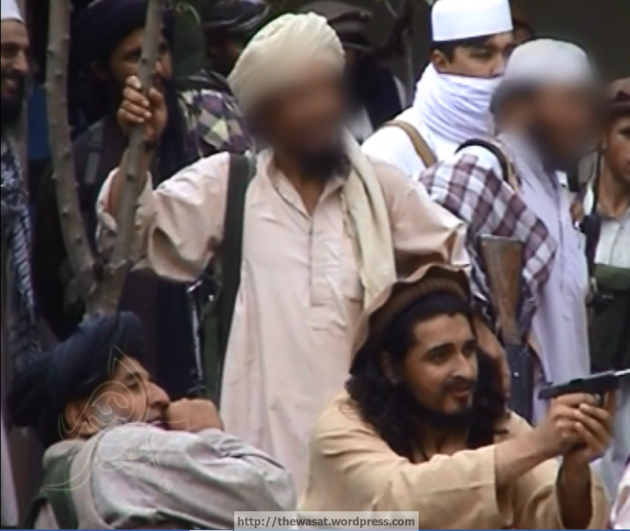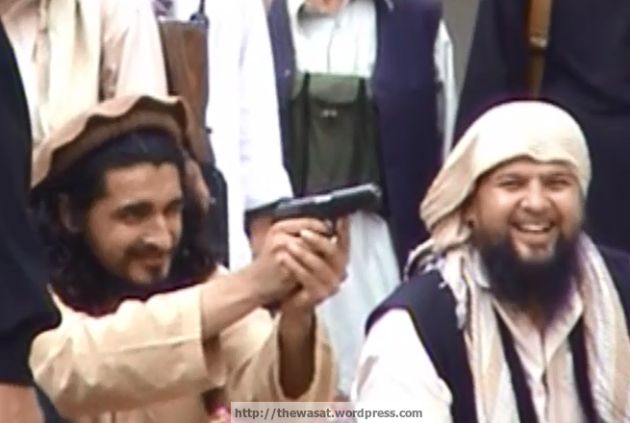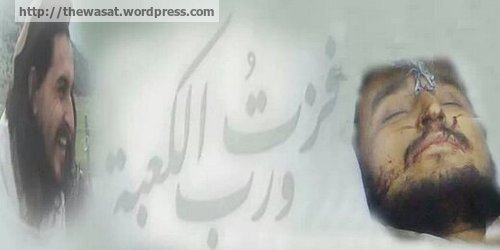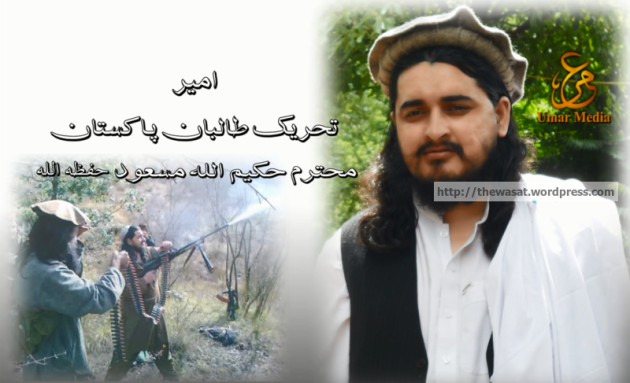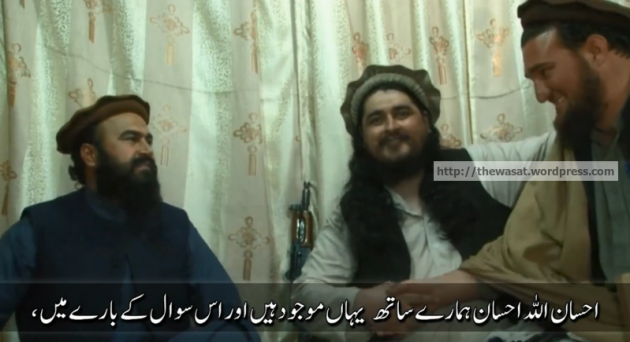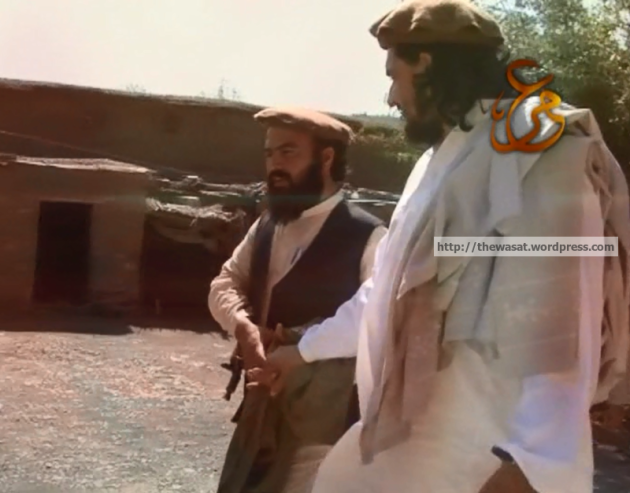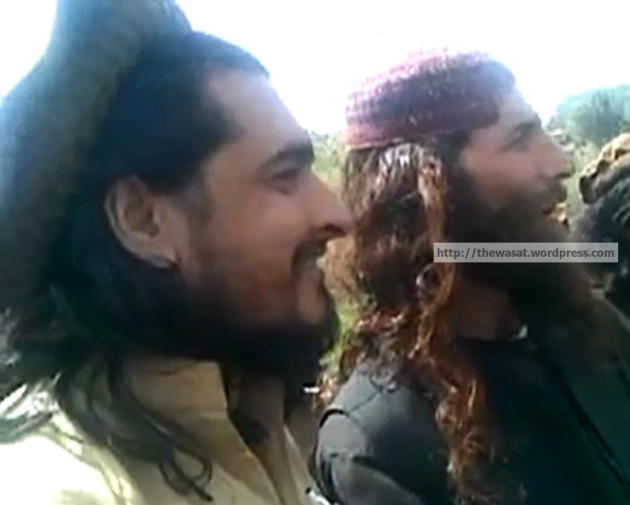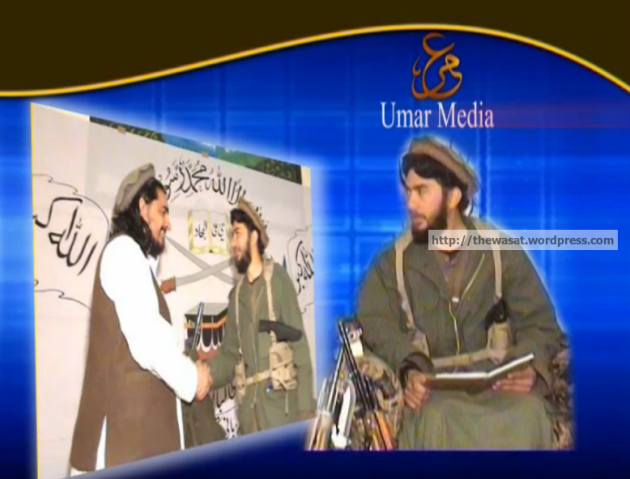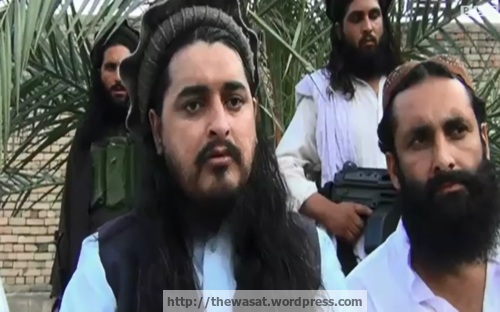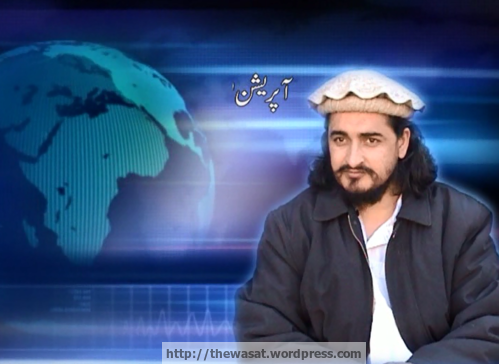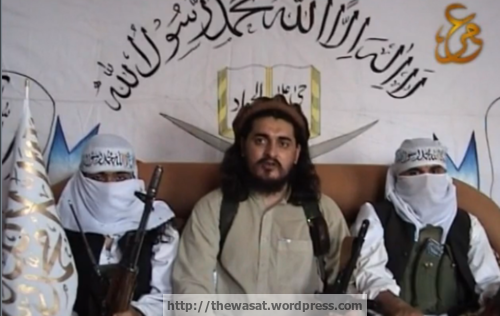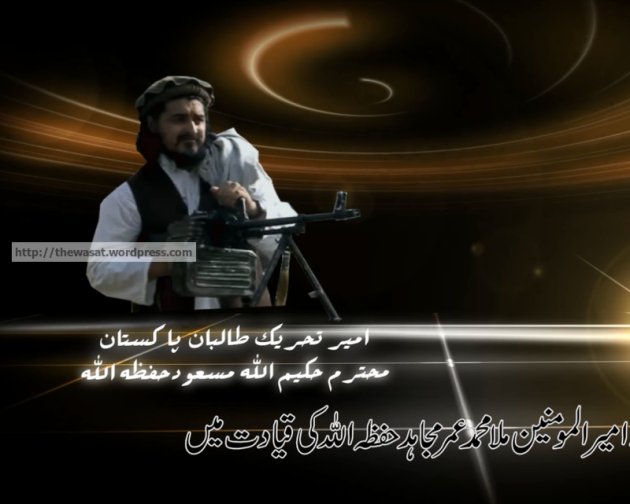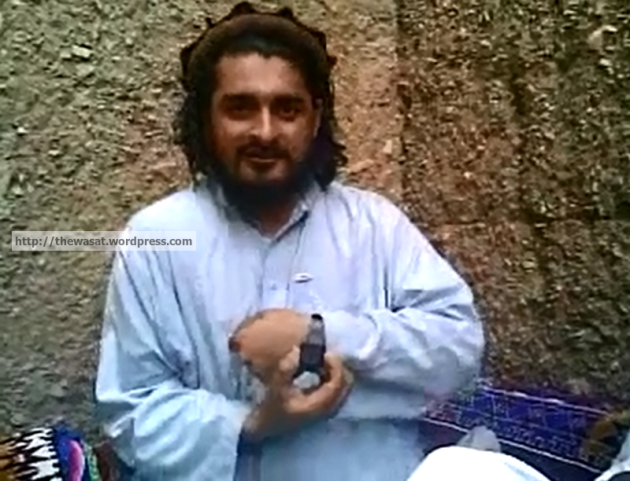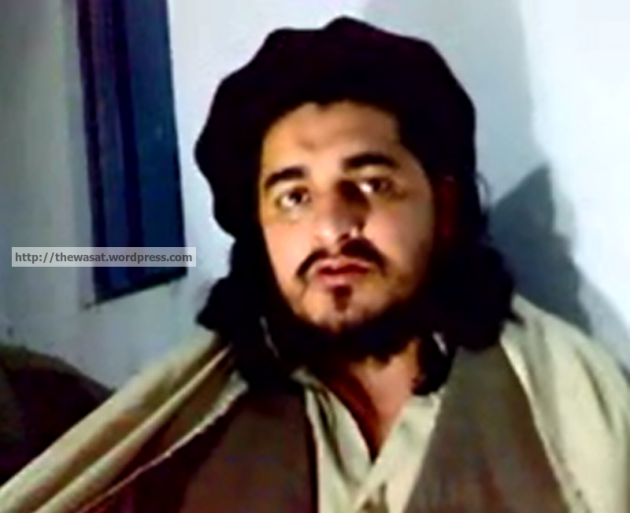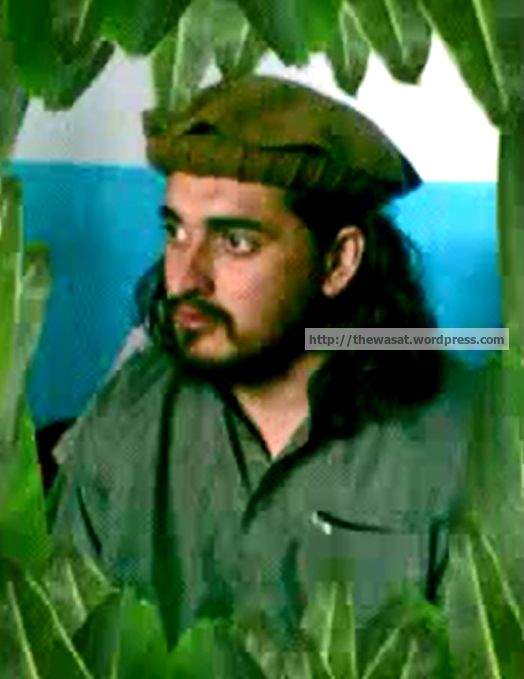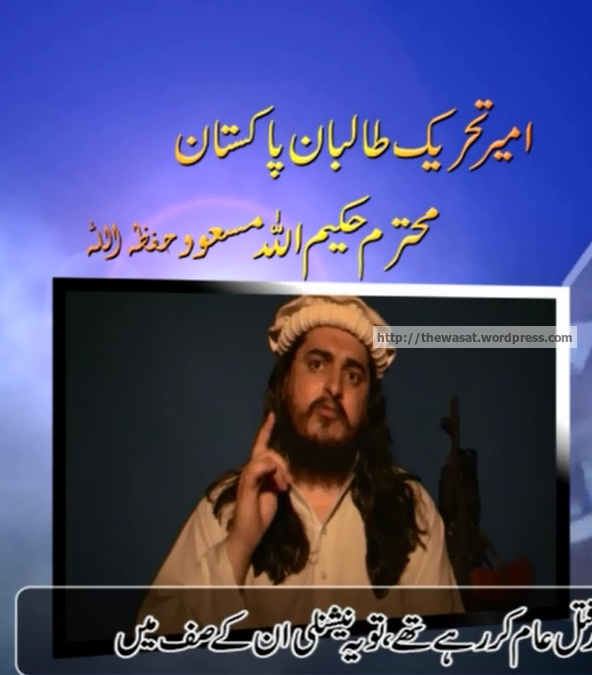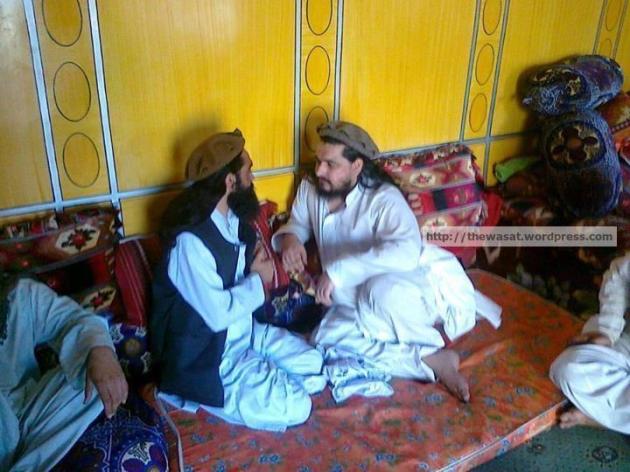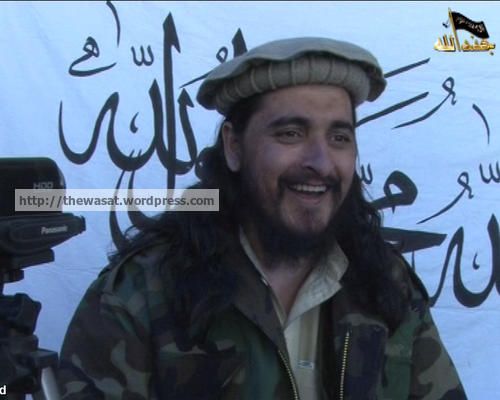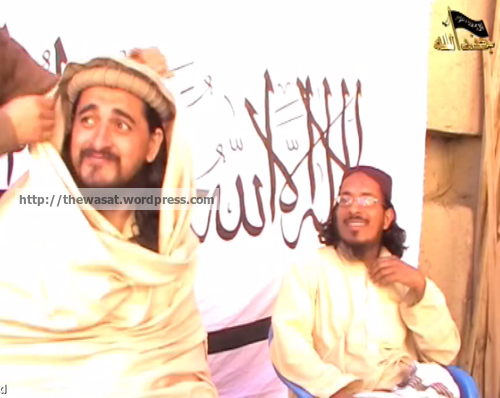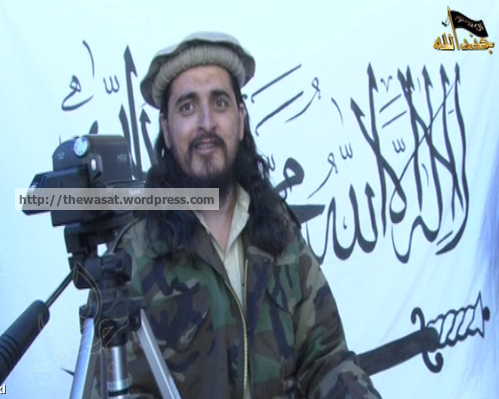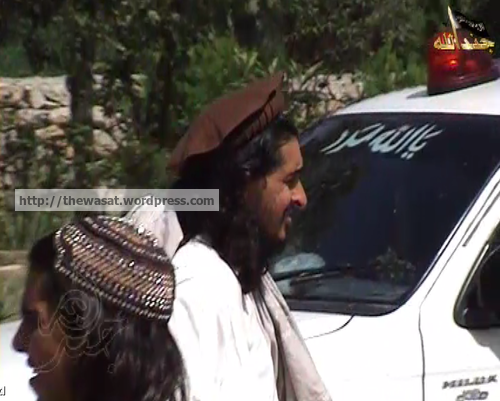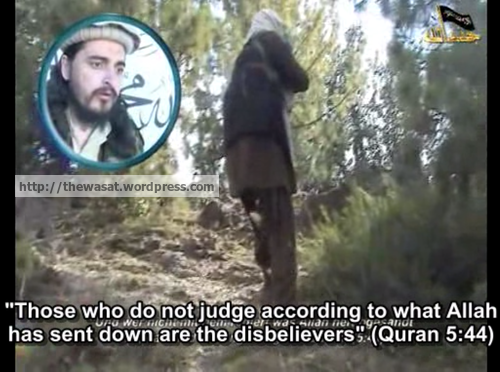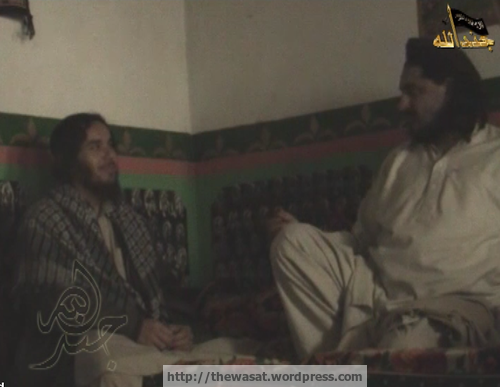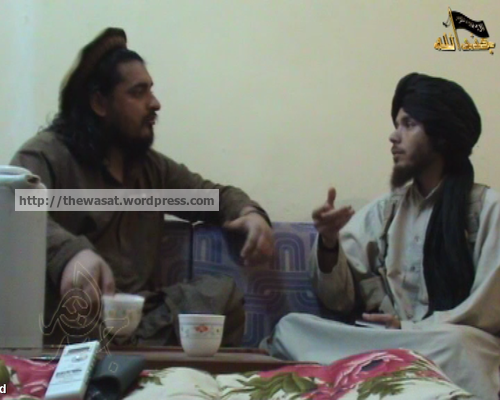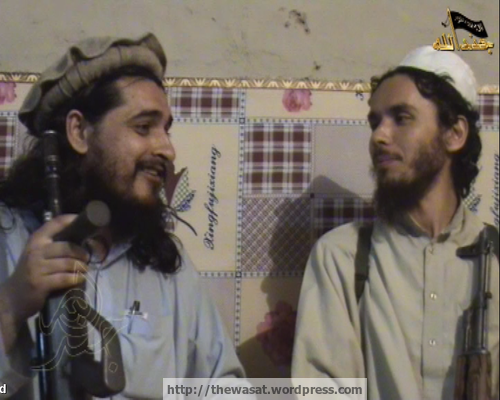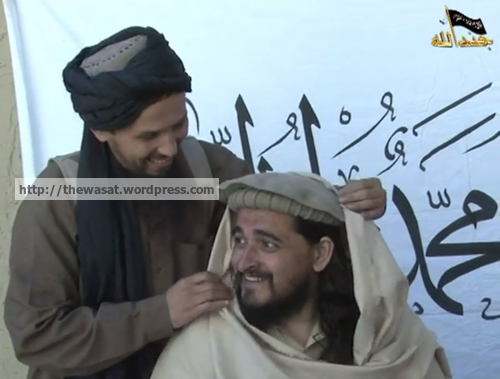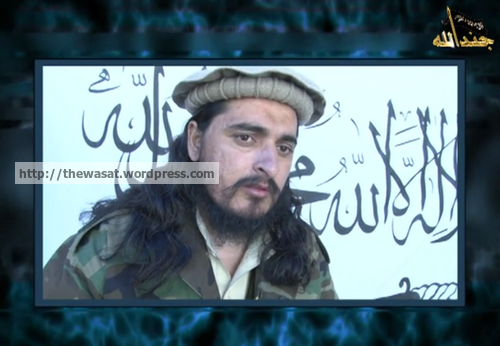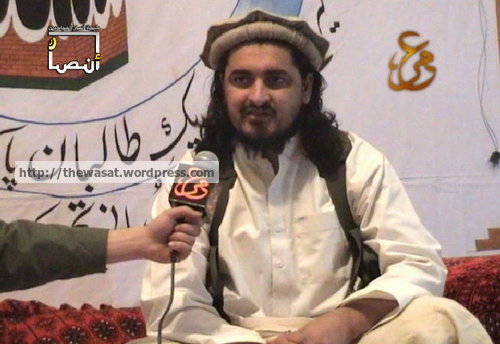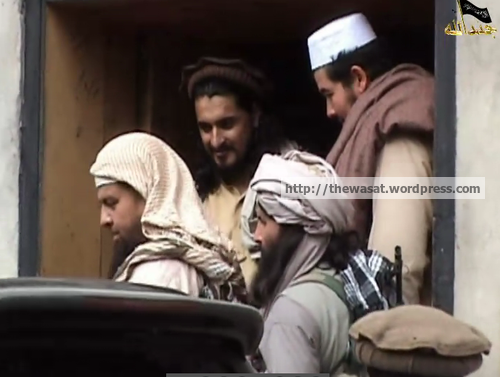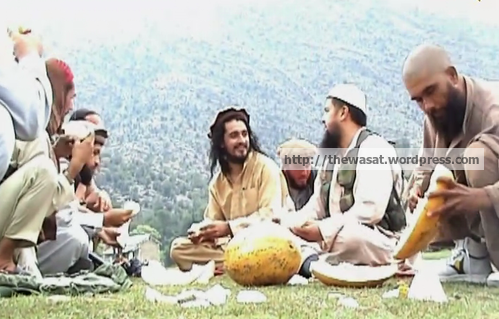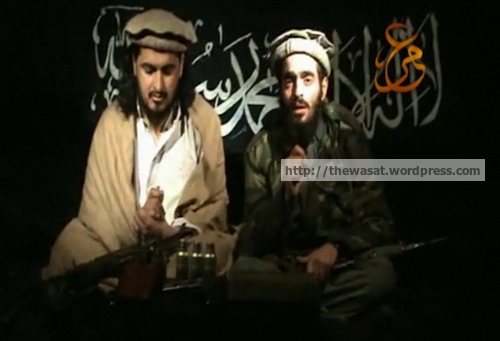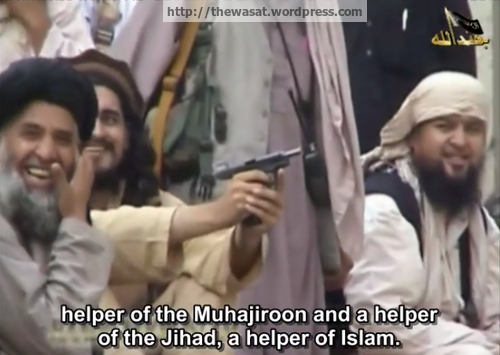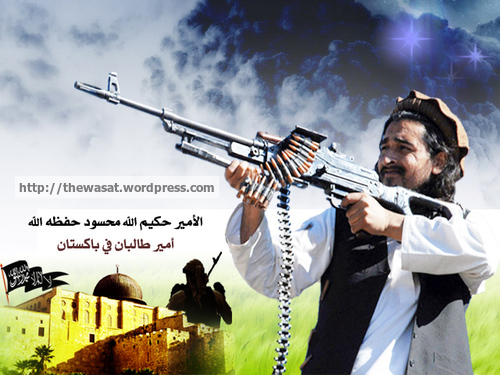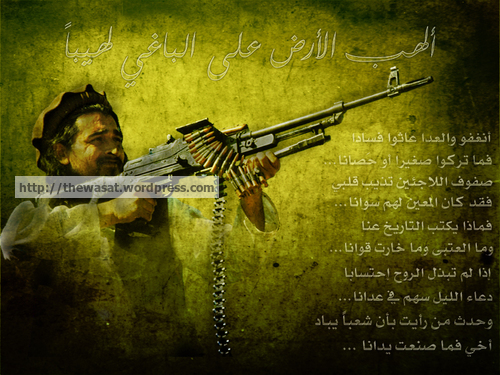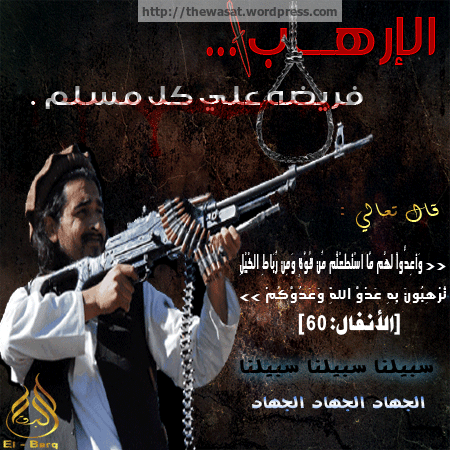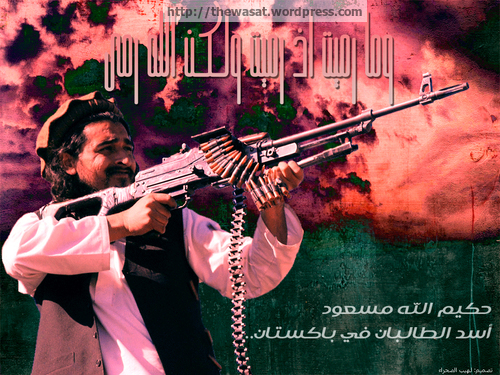In the introduction to her edited volume Violent Non-State Actors in World Politics, Klejda Mulaj notes that, while political science scholarship has extensively examined non-state actors (most notably those whose activities are primarily economic), violent non-state actors (VNSAs) “have only recently received sustained interest amongst academic and policy circles.” The study of VNSAs is thus a young and developing academic field, and scholars examining VNSAs will experience both the joys and also the pitfalls of working on a relatively new topic. The theoretical literature is highly uneven, with some extraordinarily well developed concepts mixed with a battery of assumptions that the field may no longer adhere to in four or five years.
This semester I’m teaching a course on violent non-state actors for Georgetown University’s security studies program, the first such class that the program has offered (although it has offered courses examining terrorism and counterterrorism for many years). A number of colleagues have expressed interest in seeing my syllabus, or having me provide a reading list. Thus, to assist other scholars with an interest in VNSAs, I’ve compiled the following reading list, largely based on my course syllabus. The inclusion of a particular work does not constitute an endorsement (which should be evident to those who remember my reaction to Pape and Feldman’s Cutting the Fuse), but it means that it’s part of the relevant discussion that scholars should be having. [Note: This list was updated on July 9, 2014, following the completion of a new course syllabus.]
Part One: Theoretical Foundations
I. Violent Non-State Actors in Context
Daveed Gartenstein-Ross, “Terrorism and the Coming Decade,” Global Brief, Oct. 2011.
Daveed Gartenstein-Ross, “Interpreting al-Qaeda,” Foreign Policy, January 6, 2014.
Derek Jones, Understanding the Form, Function, and Logic of Clandestine Insurgent and Terrorist Networks (Joint Special Operations University, 2012).
Mulaj, Violent Non-State Actors in World Politics, chapter 1.
Jacob Shapiro & Nils B. Weidmann, “Is the Phone Mightier than the Sword?: Cell Phones and Insurgent Violence in Iraq,” Dec. 18, 2011.
Lisa Stampnitzky, “Disciplining an Unruly Field: Terrorism Experts and Theories of Scientific/Intellectual Production,” Qualitative Sociology 34 (2011):1–19.
II. Defining Violent Non-State Actors and Understanding Their Strategy
Ivan Arreguín-Toft, “How the Weak Win Wars,” International Security 26:1 (2001).
Jack A. Goldstone, “Toward a Fourth Generation of Revolutionary Theory,” Annual Review of Political Science (2001): 139-187.
Bruce Hoffman, Inside Terrorism (Columbia University Press, 2006).
Carlo Morselli, “Assessing Vulnerable and Strategic Positions in a Criminal Network,” Journal of Contemporary Criminal Justice 26 (2010).
Nicholas Sambanis, “What is Civil War? Conceptual and Empirical Complexities of an Operational Definition,” Journal of Conflict Resolution 48:6 (2004): 814‐58.
The U.S. Army/Marine Corps Counterinsurgency Field Manual (2007), pp. 3-34.
III. Recruiting
Ana M. Arjona & Stathis N. Kalyvas, Rebelling Against Rebellion: Comparing Insurgent and Counterinsurgent Recruitment (2008).
Daveed Gartenstein-Ross, “A Blind Spot,” Pragati, Nov. 2, 2012.
John Knefel, “Everything You’ve Been Told About Radicalization is Wrong,” Rolling Stone, May 6, 2013.
Clark McCauley & Sophia Moskalenko, Friction: How Radicalization Happens to Them and Us (Oxford University Press, 2011).
Peter R. Neumann, “The Trouble with Radicalization,” International Affairs 89:4 (2013): 873-93.
Robert Pape & James K. Feldman, Cutting the Fuse: The Explosion of Global Suicide Terrorism & How to Stop It (Chicago: The University of Chicago Press, 2010).
Patrick Van Inwegen, Understanding Revolution (2011), chapters 1, 4-7.
PART TWO: CASE STUDIES IN VIOLENT NON-STATE ACTORS
IV. Nationalist Groups
Brian Michael Jenkins, International Terrorism: A New Kind of Warfare (Santa Monica, CA: The RAND Corporation, 1974).
Daniel Byman, “The Logic of Ethnic Terrorism,” Studies in Conflict and Terrorism 21:2 (1998).
Mulaj, Violent Non-State Actors in World Politics, chapters 3-5.
C.J.M. Drake, “The Provisional IRA: A Case Study,” Terrorism and Political Violence 3:2 (1991).
Martyn Frampton, “Dissident Irish Republican Violence: A Resurgent Threat?” The Political Quarterly 83:2 (Apr.–June 2012).
Judith Matloff, “Basque-ing in Peace,” World Policy Journal 29:3 (2012): 81–88.
Ignacio Sànchez-Cuenca, “The Dynamics of Nationalist Terrorism: ETA and the IRA,” Terrorism and Political Violence 19:3 (2007).
James A. Piazza, “Is Islamist Terrorism More Dangerous?: An Empirical Study of Group Ideology, Organization, and Goal Structure,” Terrorism and Political Violence, 21:1 (2009): 62-88.
V. Insurgent Groups
Mark T. Berger & Douglas A. Borer, “The Long War: Insurgency, Counterinsurgency and Collapsing States,” Third World Quarterly 28:2 (2007).
David Fitzgerald, “Vietnam, Iraq and the Rebirth of Counter-Insurgency,” Irish Studies in International Affairs (2009).
Richard Weitz, “Insurgency and Counterinsurgency in Latin America, 1960-1980,” Political Science Quarterly 101:3 (1986).
Thomas H. Henriksen, Afghanistan, Counterinsurgency, and the Indirect Approach (Joint Special Operations University, 2010).
Gian Gentile, “A Strategy of Tactics: Population-centric COIN and the Army,” Parameters, August 2009.
Jason Fritz, “Counterinsurgency is Not the Problem,” War on the Rocks, August 14, 2013.
VI. Al-Qaeda through 2011
Brian Michael Jenkins, “The New Age of Terrorism” (RAND, 2006).
Juan Carlos Antúnez & Ioannis Tellidis, “The Power of Words: The Deficient Terminology Surrounding Islam-Related Terrorism,” Critical Studies in Terrorism (2013).
Ryan Evans, Peter Neumann & Raffaello Pantucci, “Locating al-Qaeda’s Center of Gravity: The Role of Middle Managers,” Studies in Conflict and Terrorism 34:9 (2011).
Leah Farrall, “How al-Qaeda Works,” Foreign Affairs 90:2, Mar./Apr. 2011.
Daveed Gartenstein-Ross, Bin Laden’s Legacy (Wiley, 2011).
Daveed Gartenstein-Ross, “Lone Wolf Islamic Terrorism: Abdulhakim Mujahid Muhammad (Carlos Bledsoe) Case Study,” Terrorism and Political Violence 26:1 (2014).
Brian A. Jackson & Bryce Loidolt, “Considering al-Qa’ida’s Innovation Doctrine: From Strategic Texts to ‘Innovation in Practice,’” Terrorism and Political Violence 25:2 (2013): 284-310.
Mulaj, Violent Non-State Actors in World Politics, chapter 10.
K. Payne, “Building the Base: Al-Qaeda’s Focoist Strategy,” Studies in Conflict and Terrorism 34:2 (2011).
VII. The Arab Uprisings and Al-Qaeda
Marc Lynch, The Arab Uprising: The Unfinished Revolutions of the New Middle East (New York: PublicAffairs, 2013).
Scott Shane, “As Regimes Fall in Arab World, Al-Qaeda Sees History Fly By,” New York Times, February 27, 2011.
Gartenstein-Ross, Bin Laden’s Legacy, pp. 184-88.
Daniel Byman, “Terrorism After the Revolutions: How Secular Uprisings Could Help (or Hurt) Jihadists,” Foreign Affairs 90:3 (2011).
Daveed Gartenstein-Ross, Ansar al-Sharia Tunisia’s Long Game: Dawa, Hisba, and Jihad (ICCT—The Hague, 2013).
Daveed Gartenstein-Ross & Tara Vassefi, “Perceptions of the Arab Spring Within the Salafi-Jihadi Movement,” Studies in Conflict and Terrorism 35 (2012).
Fawaz Gerges, “The Rise and Fall of al-Qaeda: Debunking the Terrorism Narrative,” Huffington Post, Jan. 3, 2012.
Bruce Hoffman, “Al Qaeda’s Uncertain Future,” Studies in Conflict & Terrorism, 36:8 (2013): 635-53.
William McCants, “Al-Qaeda’s Challenge: The Jihadists’ War with Islamist Democrats,” Foreign Affairs, Sept./Oct. 2011.
VIII. Hamas and Hizballah
Eitan Azani, “Hezbollah’s Strategy of ‘Walking on the Edge’: Between Political Game and Political Violence,” Studies in Conflict & Terrorism 35:11 (2012): 741-59.
Nadia Baranovich & Ravichandran Moorthy, “Terror Strategies in the Israel-Palestine Conflict: An Analysis of Hezbollah and Hamas,” IEPDR 5:2 (2011): 229-36.
Hillel Frisch, “Strategic Change in Terrorist Movements: Lessons from Hamas,” Studies in Conflict & Terrorism 32:12 (2009): 1049-1065.
Mona Harb & Reinoud Leenders, “Know Thy Enemy: Hizbullah, ‘Terrorism’ and the Politics of Perception,” Third World Quarterly 26:1 (2005).
Baudouin Long, “The Hamas Agenda: How Has it Changed?” Middle East Policy 17:4 (2010): 131-43.
Mulaj, Violent Non-State Actors in World Politics, chapters 7-8.
IX. The Defeat of the Liberation Tigers of Tamil Eelam
Mulaj, Violent Non-State Actors in World Politics, chapter 17.
Ahmed Hashim, When Counterinsurgency Wins: Sri Lanka’s Defeat of the Tamil Tigers (2013).
Neil DeVotta, “The Liberation Tigers of Tamil Eelam and the Lost Quest for Separatism in Sri Lanka,” Asian Survey, December 2009.
Lionel Beehner, “What Sri Lanka Can Teach Us About COIN,” Small Wars Journal, August 27, 2010.
Niel A. Smith, “Understanding Sri Lanka’s Defeat of the Tamil Tigers,” Joint Force Quarterly 59 (2010).
John Thompson, “Hosting Terrorism: The Liberation Tigers of Tamil Eelam in Canada,” in Daveed Gartenstein-Ross & Linda Frum eds., Terror in the Peaceable Kingdom (2012).
X. Drug and Criminal Cartels
Mulaj, Violent Non-State Actors in World Politics, chapter 2.
Robert J. Bunker & John P. Sullivan, “Cartel Evolution Revisited: Third Phase Cartel Potentials and Alternative Futures in Mexico,” Small Wars & Insurgencies 21:1 (2010): 30-54.
Ami C. Carpenter, “Beyond Drug Wars: Transforming Factional Conflict in Mexico,” Conflict Resolution Quarterly 27:4 (2010).
Sylvia M. Longmire & John P. Longmire. “Redefining Terrorism: Why Mexican Drug Trafficking is More Than Just Organized Crime,” Journal of Strategic Security 1:1 (2008): 35-52.
Carlo Morselli, Cynthia Giguère & Katia Petit, “The Efficiency/Security Trade-Off in Criminal Networks,” Social Networks 29 (2007): 143–53.
John T. Picarelli, “Osama bin Corleone? Vito the Jackal? Framing Threat Convergence Through an Examination of Transnational Organized Crime and International Terrorism,” Terrorism and Political Violence 24:2 (2012): 180-98.
Bilal Y. Saab & Alexandra W. Taylor, “Criminality and Armed Groups: A Comparative Study of FARC and Paramilitary Groups in Colombia,” Studies in Conflict & Terrorism 32:6 (2009): 455-75.
Graham H. Turbiville Jr, “Firefights, Raids, and Assassinations: Tactical Forms of Cartel Violence and Their Underpinnings,” Small Wars & Insurgencies 21:1 (2010): 123-144.
Jeremy McDermott, The FARC, the Peace Process and the Potential Criminalisation of the Guerrillas (2013).
XI. Non-State Actors in the Cyber Realm.
Daveed Gartenstein-Ross, “The Anatomy of an Evolving Threat: Publication of Classified Information,” War on the Rocks, November 20, 2013.
Wendy Wong & Peter Brown, “E-Bandits in Global Activism: Wikileaks, Anonymous, and the Politics of No One,” Perspectives on Politics 11:4 (2013).
Noah Hampson, “Hacktivism: A New Breed Of Protests in a Networked World,” Boston College International & Comparative Law Review 35:2 (2012): 511-542.
Jeffery T. Richelson, “Intelligence Secrets and Unauthorized Disclosures: Confronting Some Fundamental Issues,” International Journal of Intelligence and CounterIntelligence 25:4 (2012).
François Heisbourg, “Leaks and Lessons,” Survival 53:1 (2011).
Brandon Valeriano and Ryan Maness, “The Dynamics of Cyber Conflict between Rival Antagonists, 2001-11,” Journal of Peace Research 51:3 (2014).
Simon Mabon, “Aiding Revolution? Wikileaks, Communication, and the ‘Arab Spring’ in Egypt,” Third World Quarterly (2013).
Alinta Krauth, “Anonymous in Portmanteaupia,” Social Alternatives 31:2 (2012): 27-32.
Charlotte Philby, “The Tor System: Welcome to the Dark Internet Where You Can Search in Secret,” Independent, June 10, 2013.
Peter W. Singer, “The Cyber Terror Bogeyman,” Brookings Institute, Nov. 2012.
Simon Springer et al., “Leaky Geopolitics: The Ruptures and Transgressions of WikiLeaks,” Geopolitics 17 (2012): 681-711.
XII. Warlords, Lineage-Based VNSAs, and Traditional Power Brokers
Anthony Vinci, “‘Like Worms in the Entrails of a Natural Man’: A Conceptual Analysis of Warlords,” Review of African Political Economy 34:112 (2007).
Jutta Bakonyi & Kirsti Stuvøy. “Violence and Social Order Beyond the State: Somalia and Angola,” Review of African Political Economy 32:104-105 (2005): 359-82.
Kimberly Marten, “Warlordism in Comparative Perspective,” International Security 31:3 (Winter 2006/07): 41-73.
XIII. Private Military Corporations
Mulaj, Violent Non-State Actors in World Politics, chapter 18.
David Perry, “Blackwater vs. bin Laden: The Private Sector’s Role in American Counterterrorism,” Comparative Strategy 31:1 (2012).
Deane-Peter Baker & James Pattison, “The Principled Case for Employing Private Military and Security Companies in Interventions for Human Rights Purposes,” Journal of Applied Philosophy 29:1 (2012).
Christopher Kinsey, “Problematising the Role of Private Security Companies in Small Wars,” Small Wars & Insurgencies 18:4 (2007): 584–614.
Seden Akcinaroglu & Elizabeth Radziszewski, “Private Military Companies, Opportunities, and Termination of Civil Wars in Africa,” Journal on Conflict Resolution (2012).
Ulrich Petersohn, “The Other Side of the COIN: Private Security Companies and Counterinsurgency Operations,” Studies in Conflict & Terrorism 34:10 (2011): 782–801.
XIV. Iraq, Afghanistan, and Somalia
Mulaj, Violent Non-State Actors in World Politics, chapters 9, 11, 16.
Gartenstein-Ross, Bin Laden’s Legacy, chapters 7-8.
Vanessa M. Gezari, “How to Read Afghanistan,” New York Times, Aug. 10, 2013.
Thomas Johnson, “Taliban Adaptations and Innovations,” Small Wars & Insurgencies 24:1 (2013): 3–27.
Thomas H. Johnson & Matthew C. DuPee, “Analysing the New Taliban Code of Conduct (Layeha): An Assessment of Changing Perspectives and Strategies of the Afghan Taliban,” Central Asian Survey (2012).
Antonio Giustozzi, “Hearts, Minds, and the Barrel of a Gun: the Taliban’s Shadow Government,” Prism (2012).
Oscar Gakuo Mwangi, “State Collapse, Al-Shabaab, Islamism, and Legitimacy in Somalia,” Politics, Religion & Ideology 13:4 (2013): 513–27.
XV. Counter-Opposition VNSAs
Sabine C. Carey, Michael Colaresi & Neil J. Mitchell, “Disorder, Delegation, and Deniability: Incentives for Pro-Government Militias,” conference paper from Paramilitaries, Militias, and Civil Defense Forces in Civil Wars (2012).
Mark Wilbanks & Efraim Karsh, “How the ‘Sons of Iraq’ Stabilized Iraq,” Middle East Quarterly 17:4 (Fall 2010).
Myriam Benraad, “Iraq’s Tribal ‘Sahwa’: Its Rise and Fall,” Middle East Policy 18:1 (2011).
Enzo Nussio, “Learning from Shortcomings: The Demobilization of Paramilitaries in Colombia,” Journal of Peacebuilding and Development 6:2 (2011).
PART THREE: THE NATION-STATE’S RESPONSE TO VNSA’S
XVI. The State’s Tactical and Strategic Toolkit
Audrey Kurth Cronin & James M. Ludes eds., Attacking Terrorism: Elements of a Grand Strategy (Georgetown University Press, 2004).
Audrey Kurth Cronin, How Terrorism Ends: Understanding the Decline and Demise of Terrorist Campaigns (Princeton University Press, 2011).
Thomas & Casebeer, “Violent Non-State Actors: Countering Dynamic Systems,” Strategic Insights, March 2004.
Bryan Groves, “America’s Trajectory in the Long War: Redirecting Our Efforts Toward Strategic Effects Versus Simply Tactical Gains,” Studies in Conflict & Terrorism 36:1 (2013): 26–48.
Daveed Gartenstein-Ross, “The Future of Preventive Detention Under International Law,” in Sam Muller ed., The Law of the Future and the Future of Law (Hague Institute for the Internationalisation of Law, 2012).
Benjamin Wittes, Detention and Denial: The Case for Candor After Guantanamo (Washington, DC: Brookings Institution Press, 2011), chapters 1, 2, 5.
Stephanie Carvin, “The Trouble with Targeted Killing,” Security Studies 21:3 (2012).
Jenna Jordan, “Attacking the Leader, Missing the Mark: Why Terrorist Groups Survive Decapitation Strikes,” International Security 38:4 (2014).
Patrick B. Johnston, “Does Decapitation Work? Assessing the Effectiveness of Leadership Targeting in Counterinsurgency Campaigns,” International Security 36:4 (2012).
Bryan C. Price, “Targeting Top Terrorists: How Leadership Decapitation Contributes to Counterterrorism,” International Security 36:4 (2012).
Daveed Gartenstein-Ross & Kelsey D. Atherton, “How We Killed Privacy—in 4 Easy Steps,” Foreign Policy, August 23, 2013.
Neil M. Richards, “The Dangers of Surveillance,” Harvard Law Review 126:7 (May 2013).
Tore Bjørgo and John Horgan eds., Leaving Terrorism Behind: Individual and Collective Disengagement (London and New York: Routledge, 2009).
XVII. The Future of VNSAs
Mulaj, Violent Non-State Actors in World Politics, chapter 19.
Gartenstein-Ross, Bin Laden’s Legacy, chapter 12.
Adam Elkus, “The State of the State,” War on the Rocks, June 16, 2014.
Peter Turchin, “A Theory for Formation of Large Empires” (2009).
